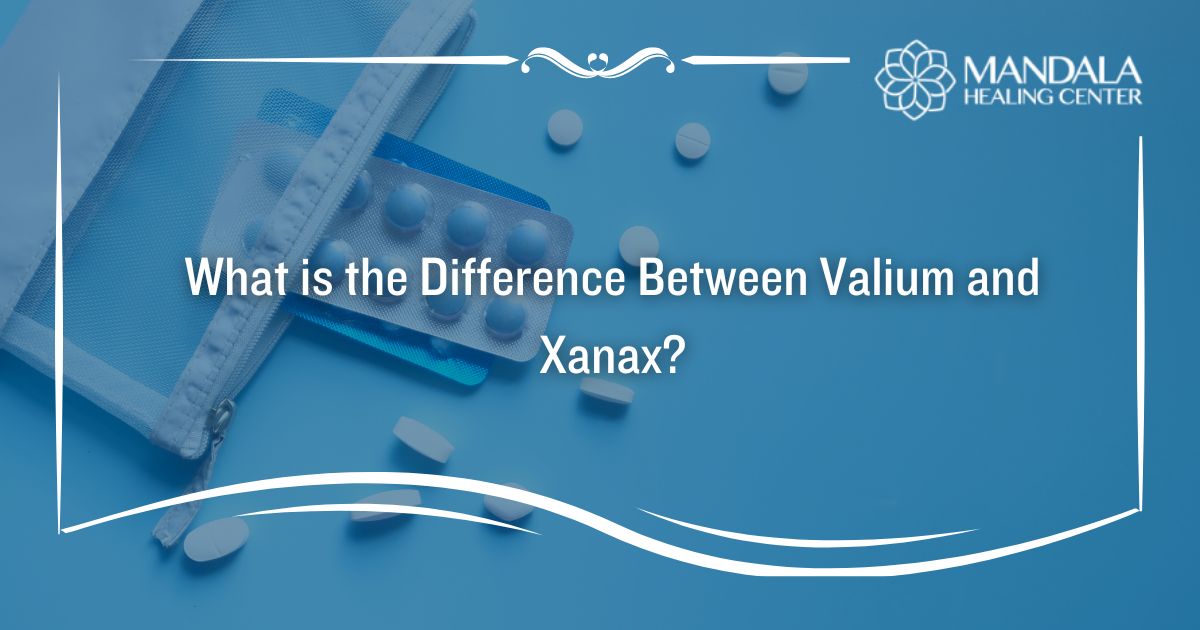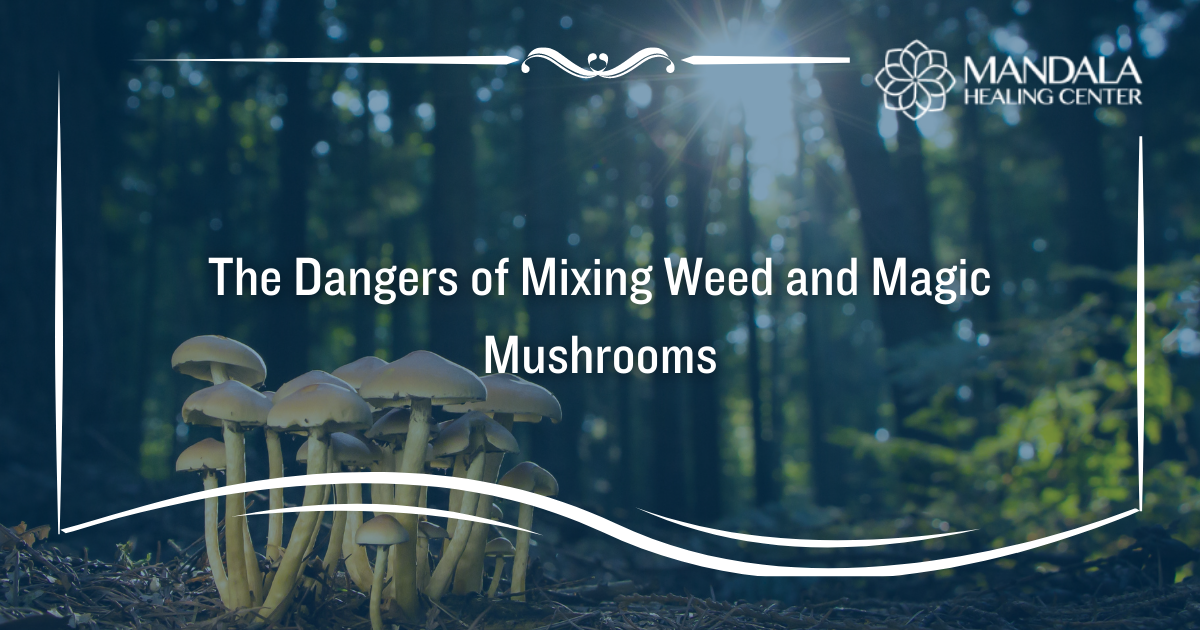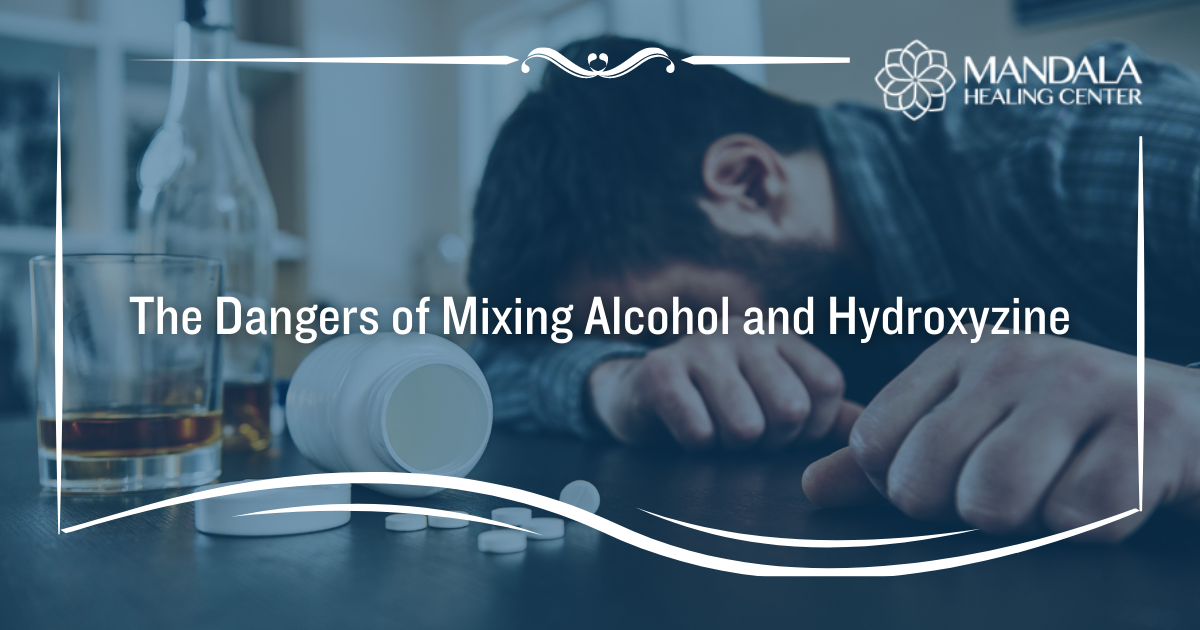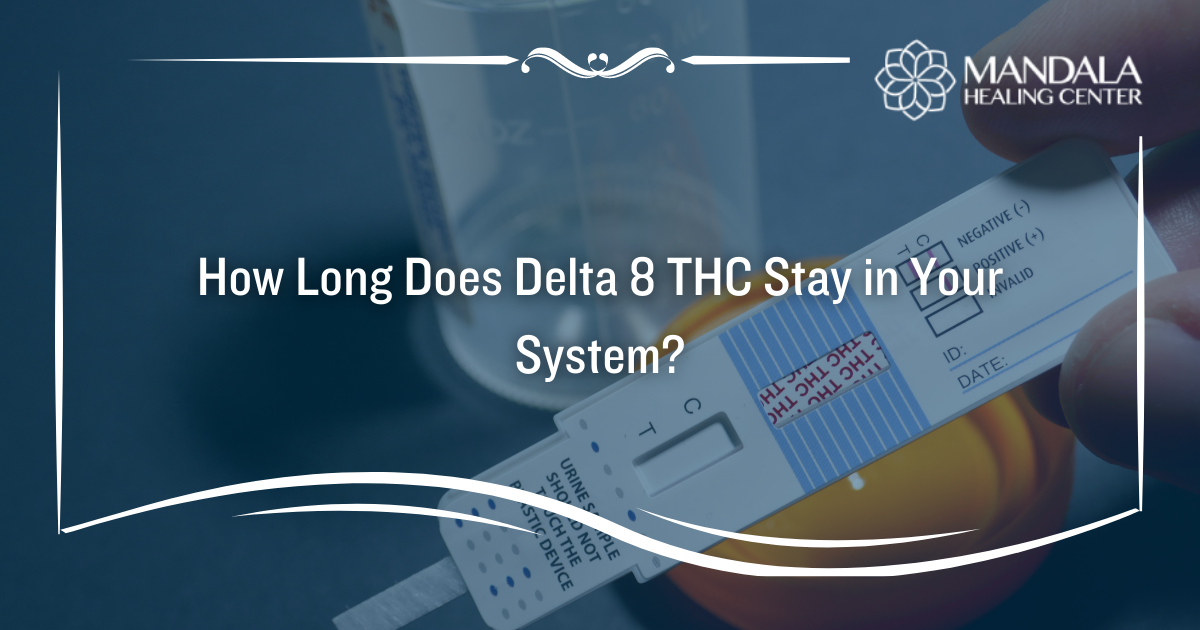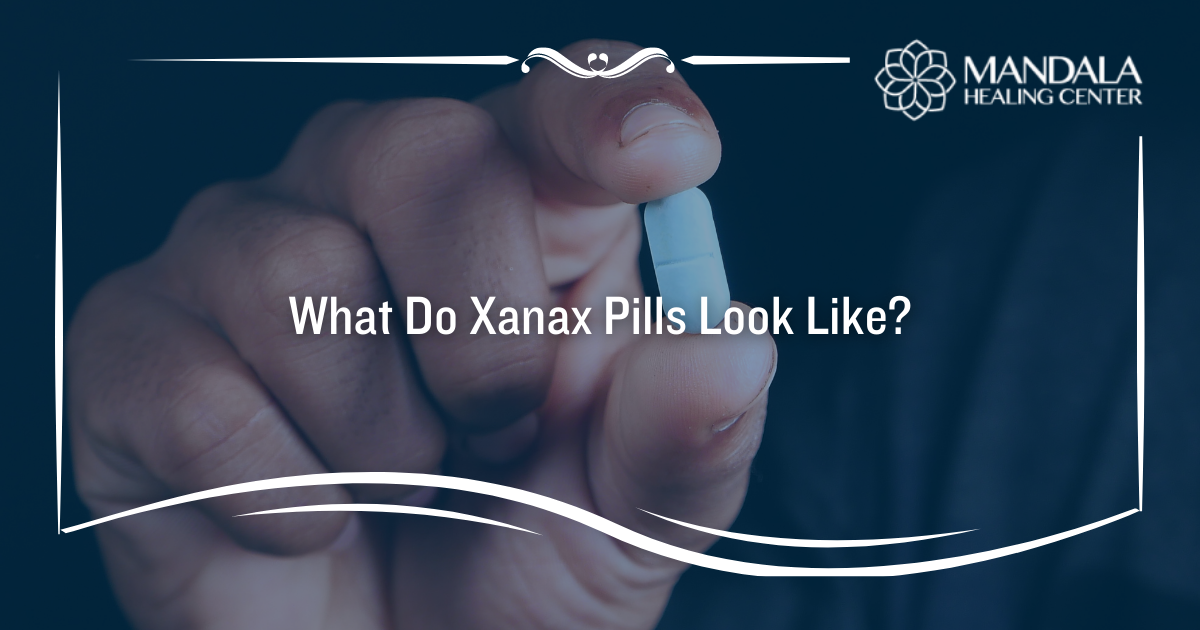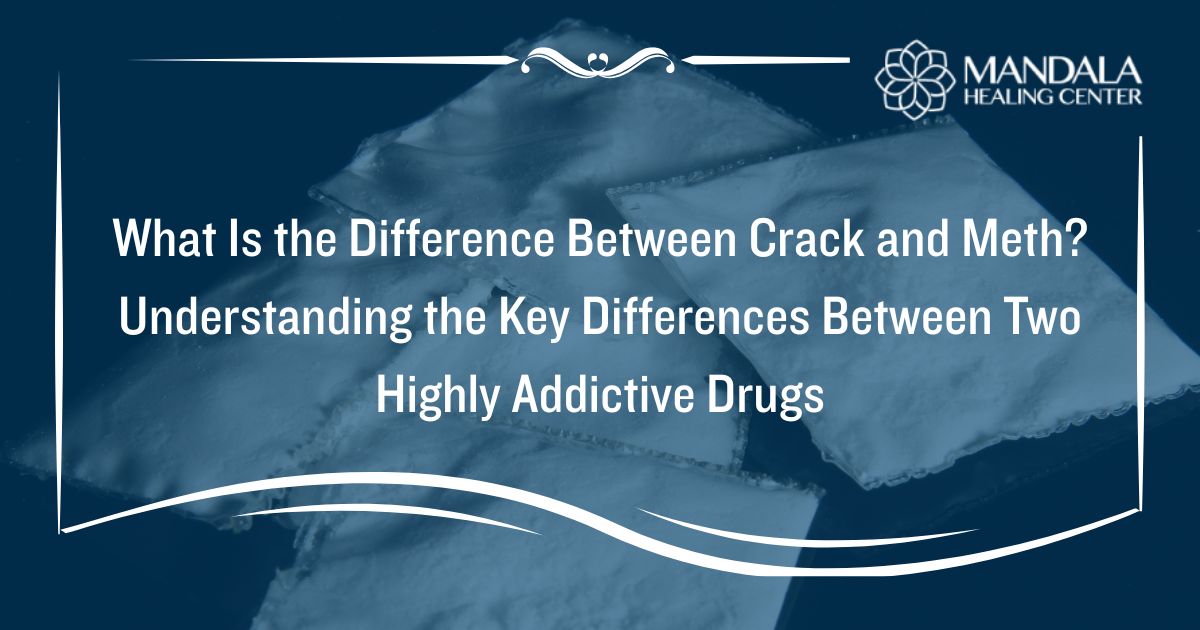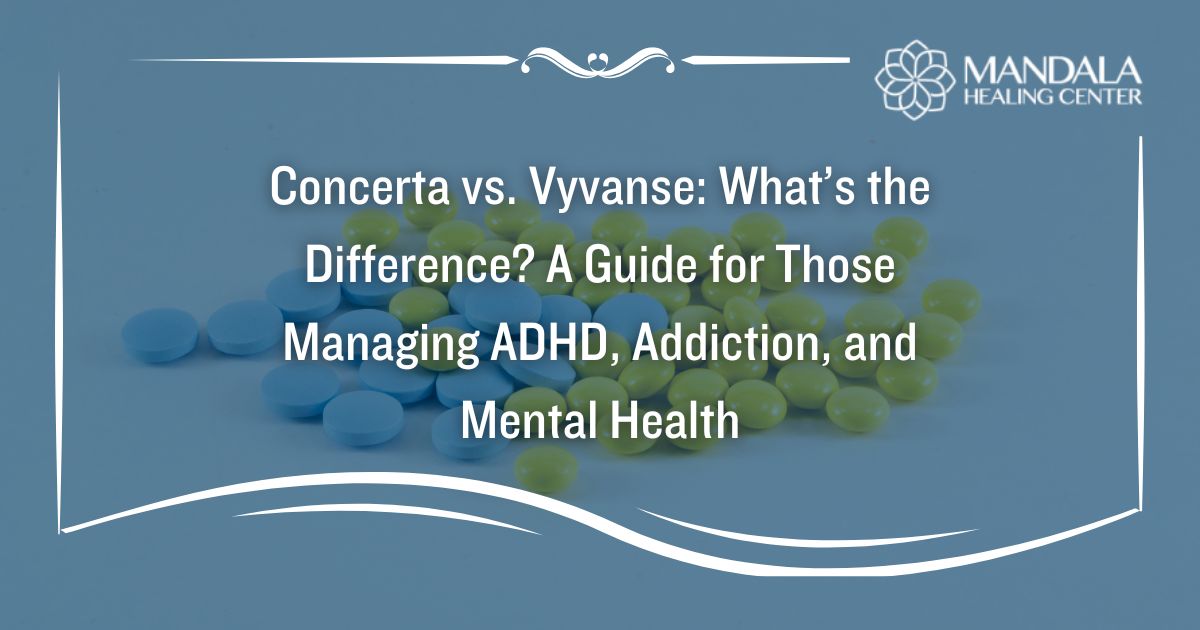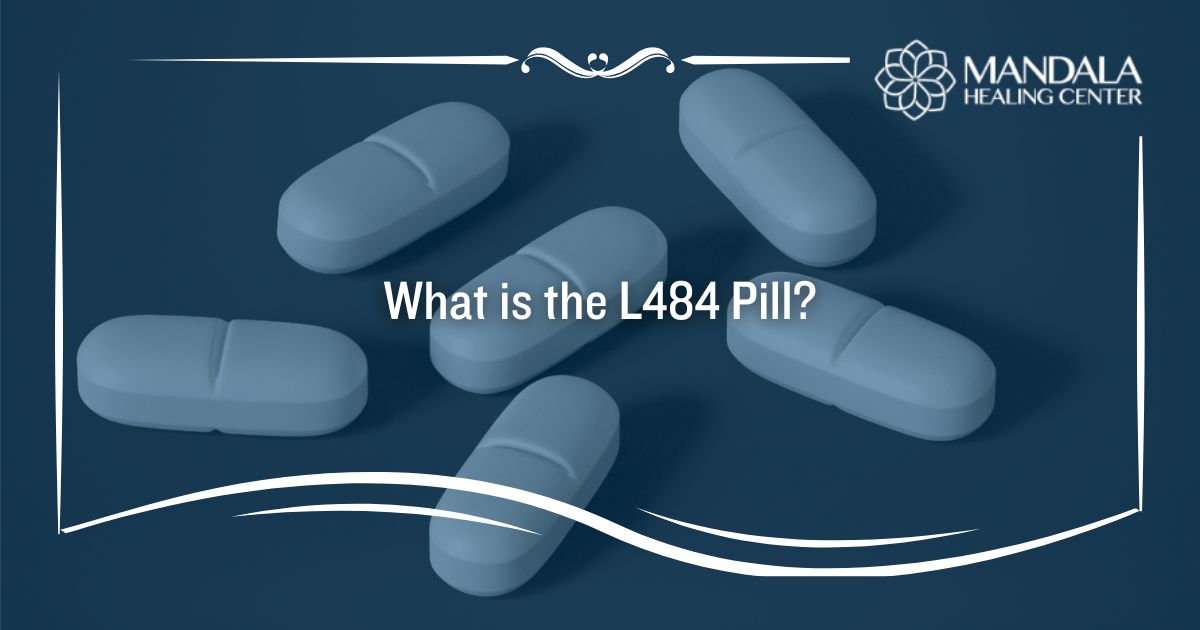Benzodiazepines are a class of medications that slow down activity in the central nervous system. They also affect a neurotransmitter called gamma-aminobutyric acid (GABA) to produce relaxation and calmness.[1] Doctors might prescribe them to treat anxiety conditions like panic disorder, insomnia, seizure disorders, and even alcohol withdrawal.
Two common benzodiazepine medications are known as Valium (diazepam) and Xanax (alprazolam). While both are used medicinally, they are known to have a high potential for abuse. Despite their similarities, there are many differences to be aware of.
First, Xanax is preferred to treat anxiety disorders because it provides immediate relief.[2] Since Valium is long-acting, it is usually used to manage seizures, muscle spasms, and alcohol withdrawal symptoms. They are also prescribed at different dosages and come in various formulations.
In this article, you will learn:
- What is Valium
- What is Xanax
- What are the differences between Xanax and Valium
What is Valium?
Valium is the brand name for Diazepam, a prescription benzodiazepine that doctors prescribe to treat anxiety, muscle spasms, and alcohol withdrawal. Valium is long-acting, so it is not preferred for panic disorder, as this condition requires immediate relief.
The side effects associated with Valium include:[3]
- Dizziness and drowsiness
- Tiredness or fatigue
- Muscle weakness
- Dry mouth
- Headaches
- Nausea and vomiting
- Diarrhea or constipation
- Mental confusion
- Memory issues
- Difficulty urinating
- Changes in sex drive or ability
Valium is not recommended for long-term use because it is habit-forming and addictive. The longer you take Valium, the more likely it is that you will develop a tolerance. Once you begin increasing the dose to experience the desired effect, you are at an increased risk of addiction.
Thankfully, drug rehab centers can help you overcome Valium addiction. At the Mandala Healing Center, we offer medical detox, evidence-based therapies, and relapse prevention planning to help you achieve long-term recovery.
What is Xanax?
Xanax is a prescription benzodiazepine that is known as alprazolam. It causes similar side effects as Valium, however, it is short-acting. This means it is better for conditions like panic disorder that require immediate relief.
Xanax is considered a rescue medication for anxiety conditions. It is also commonly prescribed to treat seizures.
Xanax can cause a wide range of side effects, including:[4]
- Drowsiness and dizziness
- Lightheadedness
- Fatigue
- Irritability or mood swings
- Talkativeness
- Difficulty concentrating
- Dry mouth
- Headaches
- Nausea and vomiting
- Constipation or diarrhea
- Changes in sex drive or ability
- Difficulty urinating
- Joint pain
Using Xanax long-term increases your risk of dependence. It is only intended for short-term or occasional use due to the potential for addiction.
Valium vs Xanax: Understanding the Differences
Valium and Xanax are both prescription benzodiazepines. Either one can be used to treat anxiety conditions and seizures. In addition, Valium and Xanax have a similar risk when it comes to addiction and share drug interactions.
That said, there are many differences between Xanax and Valium, including:
Dosages
Most people take between 2 to 10 mg of Valium per day.[5] The medication comes in 2 mg, 5 mg, and 10 mg.
On the other hand, Xanax usually starts at 0.50 mg three times per day. The maximum dose of Xanax is 6 mg per day. It comes in 0.25 mg, 0.50 mg 1 mg, and 2 mg.[4]
Uses
Both Xanax and Valium can be used to treat anxiety disorders and seizures. Xanax works quicker, which makes it preferred over Valium for panic disorder. Since Valium takes longer to leave the body, it is better to treat alcohol withdrawal symptoms or general anxiety.
Type
Xanax is a short-acting benzodiazepine. This means it begins working faster and leaves the body sooner than other benzodiazepines.
Conversely, Valium is a long-acting benzodiazepine. It takes a little bit more time to begin working and stays in your system for a longer period.
Formulations
Lastly, Xanax and Valium come in different formulations. Valium only comes in oral formulations, while Xanax is available to take orally, intramuscularly, intravenously, and as a rectal gel. If a patient cannot consume their medication orally, Xanax might be preferred over Valium.
Find Help for Benzodiazepine Abuse and Addiction
If you or a loved one abuse Valium or Xanax, you might be suffering from benzodiazepine addiction. While it can be difficult to overcome a substance use disorder, attending rehab will make your recovery journey much easier. At the Mandala Healing Center, we are experienced in treating benzodiazepine addiction, making us a great choice for treatment.
Why Choose The Mandala Healing Center? Clients are taken on a journey of healing through complete immersion into evidence-based clinical modalities, multifaceted alternative therapies, and expert medical management, allowing them to fully detox and recover from drug and alcohol addictions. Through a program of care designed to encourage change, a foundation is created that allows clients to find their higher purpose and reclaim their lives.
Contact us today for more information on our benzodiazepine addiction treatment center. We can help you regain control over your life and learn to manage your substance use disorder.
References:
- Science Direct: Benzodiazepine Receptor
- The National Library of Medicine (NLM): Alprazolam
- Medline Plus: Diazepam
- The Food and Drug Administration (FDA): Xanax Label
- Medscape: Valium, Valtoco (diazepam)


